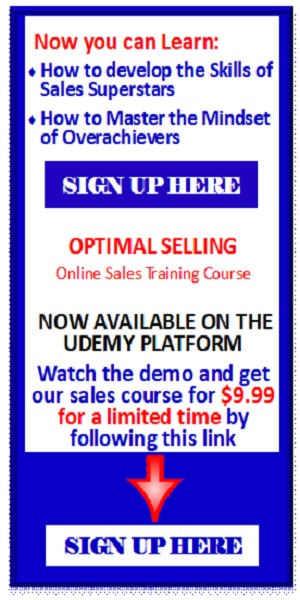Presenting or pitching too soon in the sales call can turn off the prospect. If that happens they will stop hearing what you are saying though they will still appear to listen to your pitch. Your opportunity to build trust and rapport will be severely compromised. If you drop into sell mode before you really understand the depths of the problem, you run the risk of treating symptoms instead of the real problem. But, more importantly, you will trigger the prospect’s natural aversion to “being sold”. People like to buy. They don’t like to be sold too. That is why they stop hearing and why rapport is difficult to establish if you “sell” too soon. So, listen more. Understand the full scope of the problem. Sell consultatively and your sales call will go better and you will not trigger any automatic resistance from the prospect.
If you have a sales question you would like to discuss follow the link to schedule a call:
https://calendly.com/dancaramanico/callwithdan


